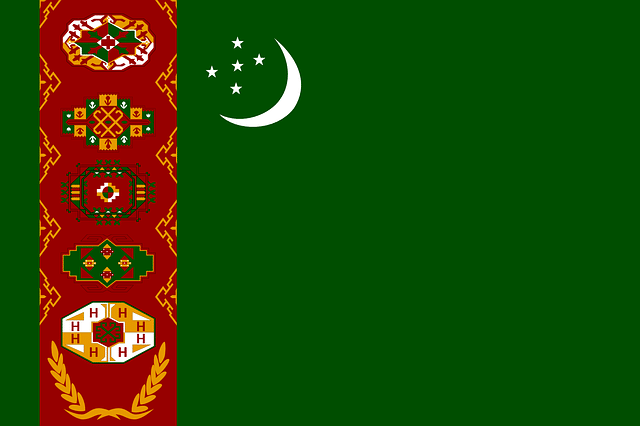Turkmenistan has a different place in the geography of the world. There are many such things in this country that separate this country from other countries such as language, living style, dress, culture, religion, business. Let us know about some such unique facts related to the country of Turkmenistan and important events related to history, knowing which your knowledge will increase.
Turkmenistan Country Quick General Knowledge
| Country | Turkmenistan |
| Capital | Ashgabat |
| Currency | Turkmenistan manat |
| Continent | Asia |
| National Anthem of Country | Garaşsyz, Bitarap Türkmenistanyň Döwlet Gimni, (The State Anthem of Independent and Neutral Turkmenistan) |
Read Also: Name of the country, their capital and currency List
- Turkmenistan was officially called Turkmenistan before 1991, a Turkic country in the middle of Asia.
- Turkmenistan borders with Uzbekistan in the northeast, Kazakhstan in the northwest, Afghanistan in the southeast, Iran in the southwest and the Caspian Sea in the west.
- Turkmenistan gained independence from the Soviet Union on 27 October 1991, at which time it was called Turkmen Soviet Socialist Republic.
- The total area of Turkmenistan is 491,210 sq km. (189,660 sq mi).
- Turkmen is the official language of Turkmenistan.
- The currency of Turkmenistan is named Turkmen New Manat.
- According to the World Bank, Turkmenistan had a total population of 56.6 million in 2016.
- The religion of most people in Turkmenistan is Orthodox Christianity.
- The most important ethnic groups in Turkmenistan are Turkmen, Uzbek and Russian.
- Turkmenistan's highest mountain is Aýrybaba, which has a height of 3,138 meters.
- About 80% of Turkmenistan is covered by the Karakum black sand desert.
- About 90% of workers in Turkmenistan are employed by the government.
- Free electricity, water and natural gas have been provided to the citizens of Turkmenistan since 1993, which will run till 2030.
- 19 January 1907 - Eminent music composer Aminullah Hussain of Iran was born into an Iranian family in Turkmenistan.
- 05 October 1948 - The earthquake in Turkmenistan's capital Ashqabat killed 110,000 people.
- 27 October 1991 - The High Council of Turkmenistan approved the independence of this country from the Soviet Union.
- 09 December 2006 - The "The World of Turkmenbashi Tales" the theme park in Turkmenistan is built 2 months after being opened. More children are now expected to be fascinated in the park that the ride works.
Definition of international border: L = Land Border | M = Maritime Border
Turkmenistan FAQs:
The capital of Turkmenistan is Ashgabat.
The currency of Turkmenistan is Turkmenistan manat.
Turkmenistan is the part of Asia continent.
The languages spoken in Turkmenistan are Turkmen, Russian, Uzbek.
The national anthem of Turkmenistan is "Garaşsyz, Bitarap Türkmenistanyň Döwlet Gimni, (The State Anthem of Independent and Neutral Turkmenistan)".

